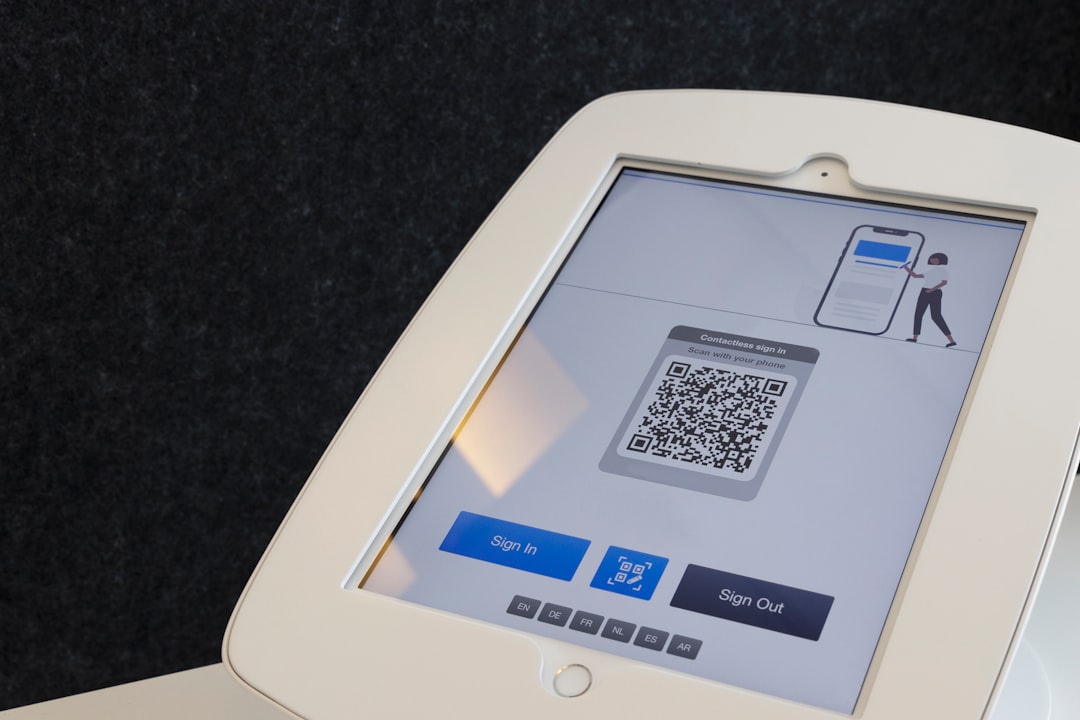Imagine walking into a museum exhibit, scanning a QR code beside an artifact, and receiving a tailored interactive experience based on your interests and viewing history. This is not science fiction—it’s the emerging synergy between artificial intelligence (AI) and QR codes. Together, they are bridging the gap between the physical and digital worlds, creating smarter, more contextual interactions across various industries.
QR codes have been around since the mid-1990s, originally developed to track automotive parts. However, their use has exploded in recent years, especially during the COVID-19 pandemic. Today, with the support of AI, QR codes are playing a vital role in transforming everyday experiences into intelligent and personalized digital interactions.
The Evolution of QR Codes
QR (Quick Response) codes started as simple matrix barcodes capable of holding substantially more data than traditional barcodes. Initially used for inventory tracking, they soon found their way into marketing, retail, and event management.
What makes them particularly potent now is their compatibility with smartphones and AI-driven systems. By scanning a code, users can be seamlessly guided to a digital portal—an app, a form, a website, or multimedia content. With AI added to the mix, these experiences evolve from static to dynamic.
How AI Enhances QR Code Functionality
AI’s integration with QR codes enhances their utility in several powerful ways:
- Personalization: AI systems can analyze user data, preferences, and behavior to offer tailored content upon scanning a QR code. This can include custom product recommendations or personalized learning content.
- Real-Time Analytics: Businesses can monitor scan rates, geographical trends, and user interactions. AI can analyze these metrics to improve marketing strategies and product placement.
- Adaptive Content Delivery: Depending on time, location, or user behavior, AI can modify the content behind a QR code to stay relevant and engaging.
- Computer Vision Integration: AI allows cameras to recognize environments or objects and generate context-relevant QR codes on-the-fly—ideal for augmented reality (AR) experiences.
Applications Across Industries
The blend of AI and QR codes is already transforming multiple industries:
Retail and E-Commerce
Retailers use AI-enhanced QR codes to create smart packaging and interactive displays. Shoppers can scan codes to receive stylistic recommendations, read authentic reviews, or explore branded content based on their shopping history.
Healthcare
QR codes embedded with AI capabilities can lead patients to customized treatment plans, aftercare instructions, or even AI-powered symptom checkers. Pharmacies can use smart QR codes to validate prescriptions and provide tailored drug interaction alerts.
Education
Teachers are using QR codes to distribute AI-adapted study material suited to each student’s learning pace and style. QR-linked assessments can provide immediate feedback powered by AI analysis.
Tourism and Events
Tourists scanning QR codes at monuments or historical sites can receive AI-curated multimedia tours in their preferred language and depth of detail. At conferences or sports events, AI-enhanced codes can recommend events or sessions to attend based on user interests.
Security and Ethical Concerns
With great power comes great responsibility. While AI-powered QR codes offer extensive benefits, they also come with notable privacy risks. User tracking and data collection must adhere to international data protection laws like GDPR and AI ethics guidelines.
In addition, AI-generated QR codes could potentially be weaponized for phishing if not validated. Therefore, security protocols such as two-way authentication and dynamic code validation systems must accompany implementations.
The Future Path
The future of AI-augmented QR codes is more immersive and intuitive. With innovations such as voice-assisted scanning, holographic interfaces, and wearable tech integration, these smart systems will redefine how we interact with both the virtual and physical realms.
As 5G networks and IoT devices continue to mature, they will offer even more bandwidth and situational awareness to AI systems interpreting QR code interactions. In the years to come, AI and QR codes may become an invisible but indispensable part of our daily experience—from shopping and learning to healthcare and entertainment.
In performance and personalization, AI breathes new life into QR codes. No longer just black and white squares, they now represent dynamic gateways to intelligent, adaptive, and meaningful digital experiences.

